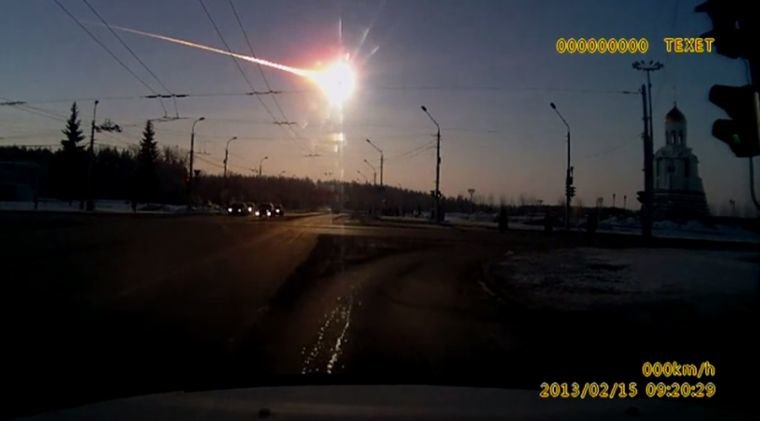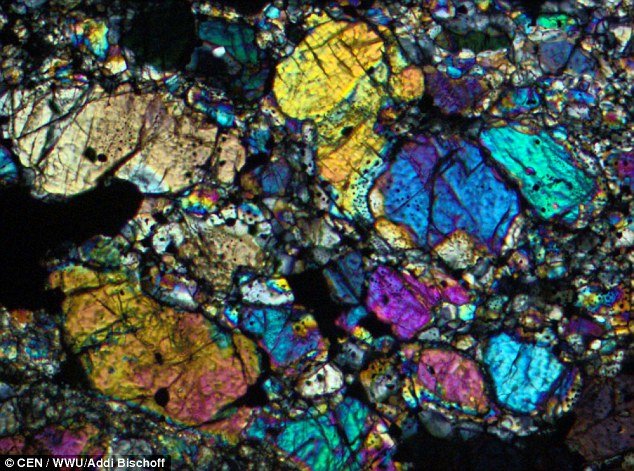
© WikipediaA meteor fireball is seen over Chelyabinsk, Russia, on Feb. 15, 2013. The resulting blast injured more than 1,600 people.
For the past few months, asteroids have been making close approaches to Earth, fuelling fears that these space objects may someday hit our planet and cause countless deaths and massive destruction.
We can, however, ease our fears now because American scientists are already developing a high-powered laser beam to defend Earth from these approaching asteroids.
A team of researchers at the University of California has conducted tests on a weapon called De-Star, which stands for Directed Energy System for Targeting of Asteroids and exploration. The researchers are becoming more and more convinced that this technology may actually work.
"Generally speaking, the technology is available today," said Qicheng Zhang of the University of California, Santa Barbara, one of the authors of the project, as quoted by The
Telegraph.
The author nevertheless acknowledged that the team would have to develop a device that will be powerful enough to destroy giant asteroids.
"The main challenge with building a full De-Star is the necessary scale to be effective," Zhang said.The research team has nevertheless succeeded in testing the De-Star's technique on Earth, by blasting a piece of basalt using laser beams. Basalt is a type of rock from frozen magma that has a similar composition as asteroids.


Comment: Whoever at NASA made these statements clearly hasn't checked their own data. February and March are typically among the lowest months for fireball numbers.
It's looking like the overall trend will be way up this year, with much more to come in the typically more active second-half of the year.
For spectacular footage of just some of the hundreds of meteor fireballs that lit up the night sky the world over last month, check out our latest instalment of the SOTT Earth Changes Summary video:
SOTT Earth Changes Summary - February 2016: Extreme Weather, Planetary Upheaval, Meteor Fireballs
See also:
NASA space data supports citizens' observations: Meteor fireballs are increasing dramatically